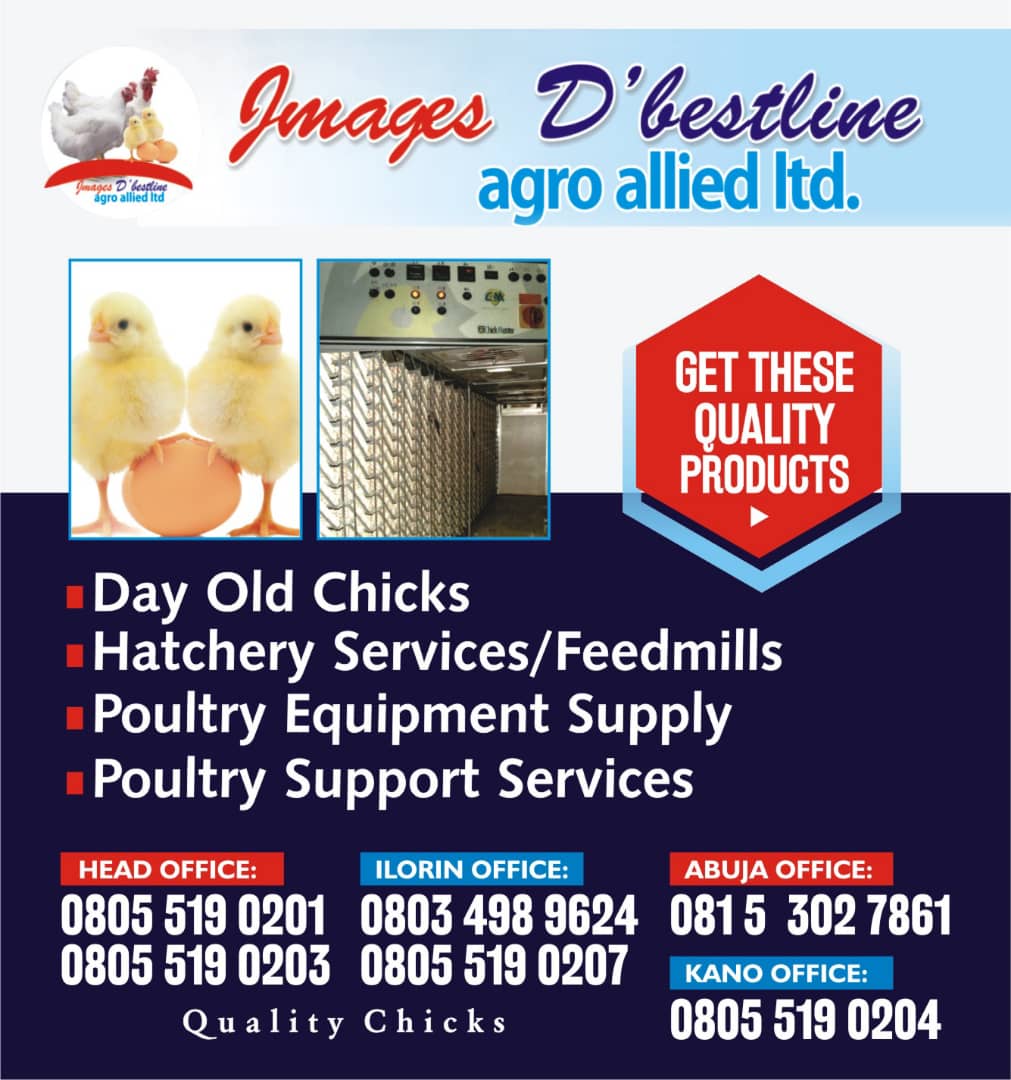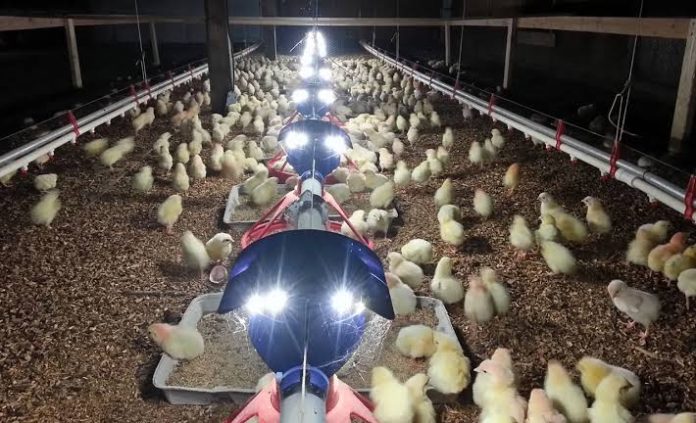🔥E- book offer of the day: 👉👉 Poultry farming business report Volume 6
3 important Management factors in chicken first days of live
During the first week of rearing, a broiler chicken can gain up to five times its starting weight. This period corresponds to one-third of a standard broiler chicken’s life. The objectives, at the end of this first week, are to have animals that are as homogeneous as possible, with controlled and increasing growth and the highest possible viability, all while minimising the impact of pododermatitis and with humane treatment of the animals.
Three Important Criteria for the First Week of Brooding
 Learn More
Learn More
1. Thermally Suitable Environment
Like most birds, broiler chicks are homoeothermic animals. This means that they must maintain a constant body temperature between 40 and 42°C. Above or below their thermoneutrality, chicks have the ability to produce heat (thermogenesis) or to lose heat (thermolysis). However, in the first week of brooding chicks do not have the ability to efficiently respond to a lower temperature, which is why it is very important to monitor the air temperature across the whole area the flock has access to. A thermally suitable environment will allow the chicks to comfortably access food and water- critical for efficient growth.
Measurement of ambient parameters: temperature, humidity, carbon dioxide
Before the arrival of the chicks, it is important to check several points:
Pre-heating the building is an important step to providing a suitable environment for the chicks upon arrival. Preheating time can vary between 24 and 72 hours before the arrival of the animals depending on the season, the outside temperatures, the insulation and the building sealing
Seize the opportunity and purchase this insightful ebook. 👉👉 Poultry farming business report Volume 7
Several hours before the arrival of the chicks, the temperature of the building must be checked at multiple points around the house
In a barn with an external heating system and without in-house brooder heaters, 32°C at room temperature (ambient temperature)
In buildings equipped with in-house brooder heaters, 30°C at room temperature and 38 to 40°C under the brooders.
Litter temperature is an important element to the success of the starting period, a surface temperature of approximately 30°C is recommended.
Before the arrival of chicks the equipment must be checked and calibrated as the first hours of life are essential. The equipment readings must be checked at regular intervals throughout the brooding period to enable the best environment for the chicks
Poultry first day
During the first few hours it’s important to stimulate the feed consumption. The rate at which the chicks have been eating and drinking indicates the quality of the starting period, particularly the litter temperature. The rates are as follows:
2 hours after the animals arrive, 75% of the animals must have a full crop
12h = 85%
24h = 95%
48h = 100%
READ ALSO Effective Strategies for Managing Heat Stress in Birds
The spatial distribution of the animals will indicate how thermally comfortable the chicks are if they are clustered around the heating points they are cold, if they are against the walls or away from the heaters they are potentially to warm

Body temperature: Checking the body temperature of the day-old chicks allows the farmer to assess if the chicks are not too hot or too cold. Body temperature can be taken of a day-old chick by using a forehead (or ear) thermometer placed on the animal’s cloaca. The temperature reading should be between 39.5°C and 40.5°C (103°F and 105°F).
“Tips & Tricks”
To check the body temperature of the animals, take several chicks and place their feet on your cheek or on the back of your hand.
2. Litter requirements: Clean, Dry and Smooth
Well-managed litter is an important element to ensure good broiler chick performances and improve animal welfare.
The first function of the litter is to absorb moisture, much of which comes from animal excretions and the drinking system. Regardless of the type of support, quantity and quality chosen, the litter must fulfill several functions and roles.
Minimize the contact between the animals and their excretions,
Act as thermal insulation,
The feel of the litter must be pleasant for the animals so that they exhibit natural behaviors such as scratching
READ ALSO Why are my Pigs Foaming and Frothing at the Mouth: Reasons and Solutions
“Tips & Tricks”
Take the litter in your hands. When touching the litter material, it must feel: Clean, Dry and Smooth.
3. Nutrition management
Without mentioning the technological and nutritional specifications of a starter feed, here are some ways to improve feed intake during the starting period, specifically feed intake as soon as the chicks arrive.
Don’t wait – buy this captivating ebook right away.👉👉 Poultry farming business report Volume 5
The essential standards are:
17 g, this is the feed average consumption of a day old chick
50%, this is the minimum surface area of a building covered with paper and feed.
Feeders: Pan feeders should have 100 birds to 1 linear meter, Chain feeders should have 100 birds to 0.75 meter
Under no circumstances should water and feed distribution be underestimated. Feed and water should be distributed over the whole span of the building with adequate stocking density at the feeder or drinking point. Animals per feeder or drinking point is important for achieving performance targets and reducing competition amongst the broiler chicks. The photo above is an example of how the animals are distributed on day 7 when the light comes back on, after their period of darkness. It can be seen that the drinking and feeding equipment are in demand. That is why, during this period, it is important to make sure that all the animals have access to water and food so that all forms of competition or restrictions are avoided.
ATTENTION: Click “HERE” to join our WhatsApp group and receive More updates directly on your WhatsApp!
“Tips & Tricks”
If the feeding lines need to be empty, so that the chickens consume the crumbs, or if the drinking system needs to be purged (to limit biofilm formation), it is preferable to do this at a time when the material is being used the least: during the day for example. Avoid empty lines when the animals are coming out of a period of darkness and during the hours that follow














